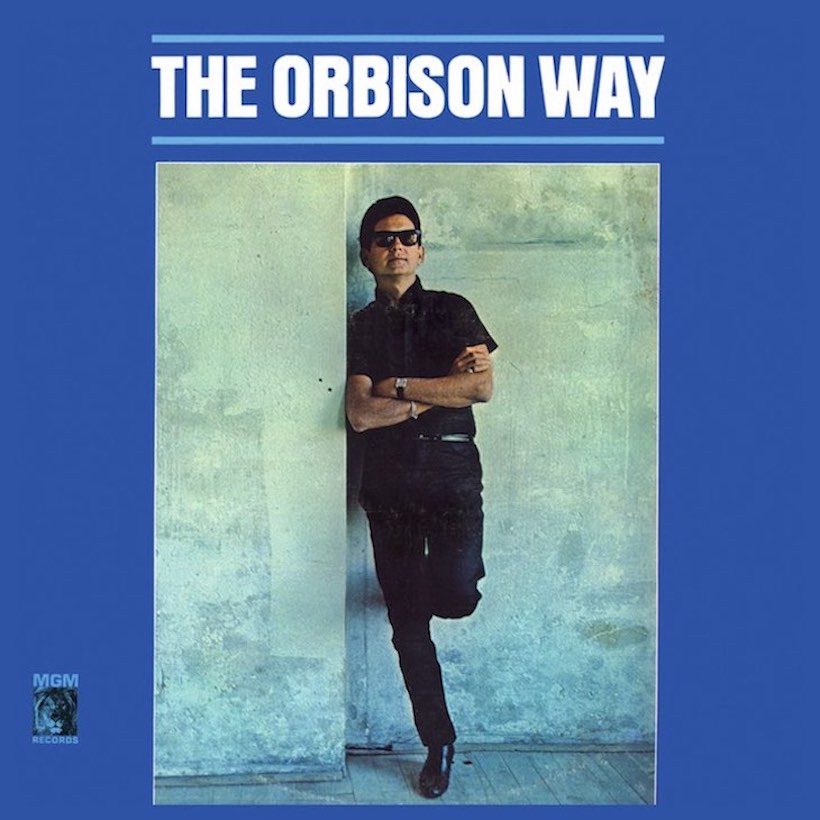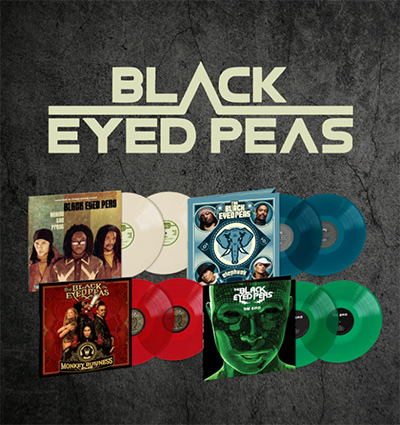‘The Orbison Way’: The Sweeping Orchestral Sound Of Roy Orbison
Sessions for Roy Orbison’s second MGM album began on October 14, 1965.

When it came to distinctive, soaring and dramatic vocals, the Orbison way really was the only way. Little wonder, then, that when the Big “O” released his last album of his 20s and his second for MGM, he chose to call it The Orbison Way. Sessions for that LP began on October 14, 1965.
As the sessions for the new record began with producer Wesley Rose, Roy was in the US chart with its predecessor. That disc, his first for his new label, was another release with a definitive title, There Is Only One Roy Orbison. He began the new project by recording two of the songs he’d written with his frequent collaborator Bill Dees.
The new tracks, “Maybe” and ”Never,” were the latest in a partnership that had created such “career” songs for the singer as “Oh, Pretty Woman” and ”It’s Over.” Indeed, Orbison and Dees would write nine of what became the album’s final track listing of 12. Dees penned another with John Rainey Adkins, who in turn composed two with Buddy Buie, later to find success with Classics IV and the Atlanta Rhythm Section.
When The Orbison Way was released in January 1966, the sleeve notes by Red O’Donnell, a journalist with the Nashville Banner, stated: “Roy was especially pleased with the way this session turned out. He said he felt very good singing with the arrangements and the instrumentation provided.”
The album made No.128 on the American chart, while its first single, “Crawlin’ Back,” reached No.46 on the Hot 100. The second, “Breakin’ Up Is Breakin’ My Heart,” gave Roy a new Top 40 hit, his 21st, when it climbed to No.31.
Listen to the best of Roy Orbison on Apple Music and Spotify.
Orbison himself was quoted on the sleeve as being a big fan of the album. “On several of these tunes,” he said, “we have a big orchestral sound as background – about 25 musicians and voices backing me up. The sound is wonderful.”
Buy or stream The Orbison Way.












